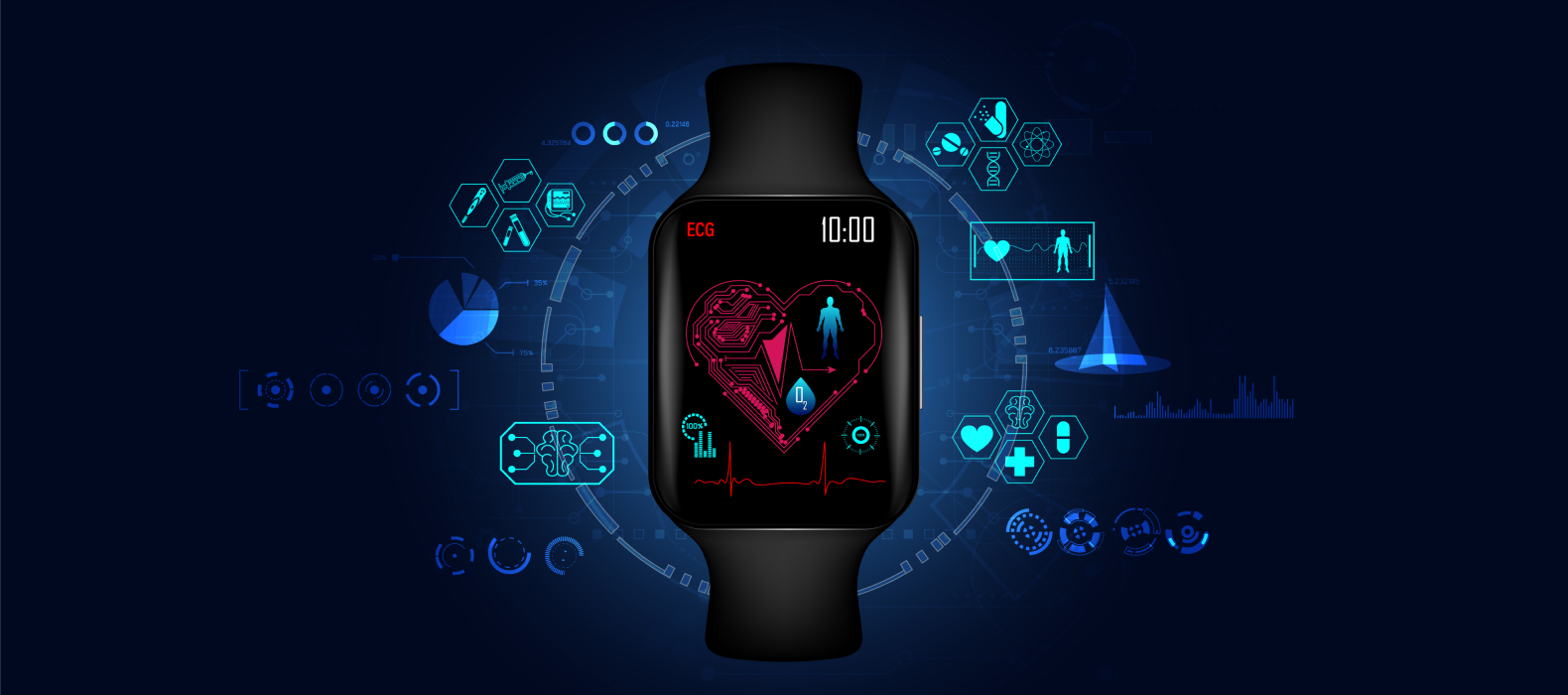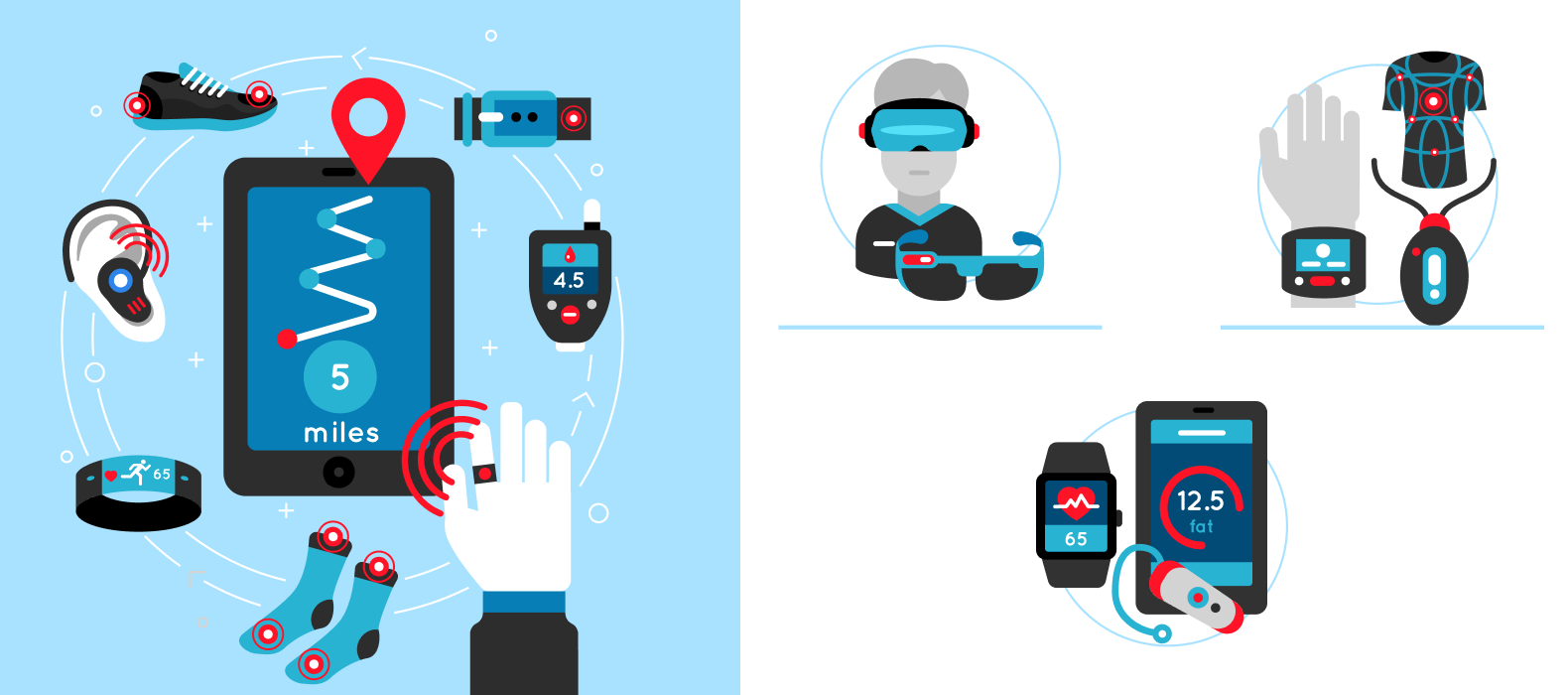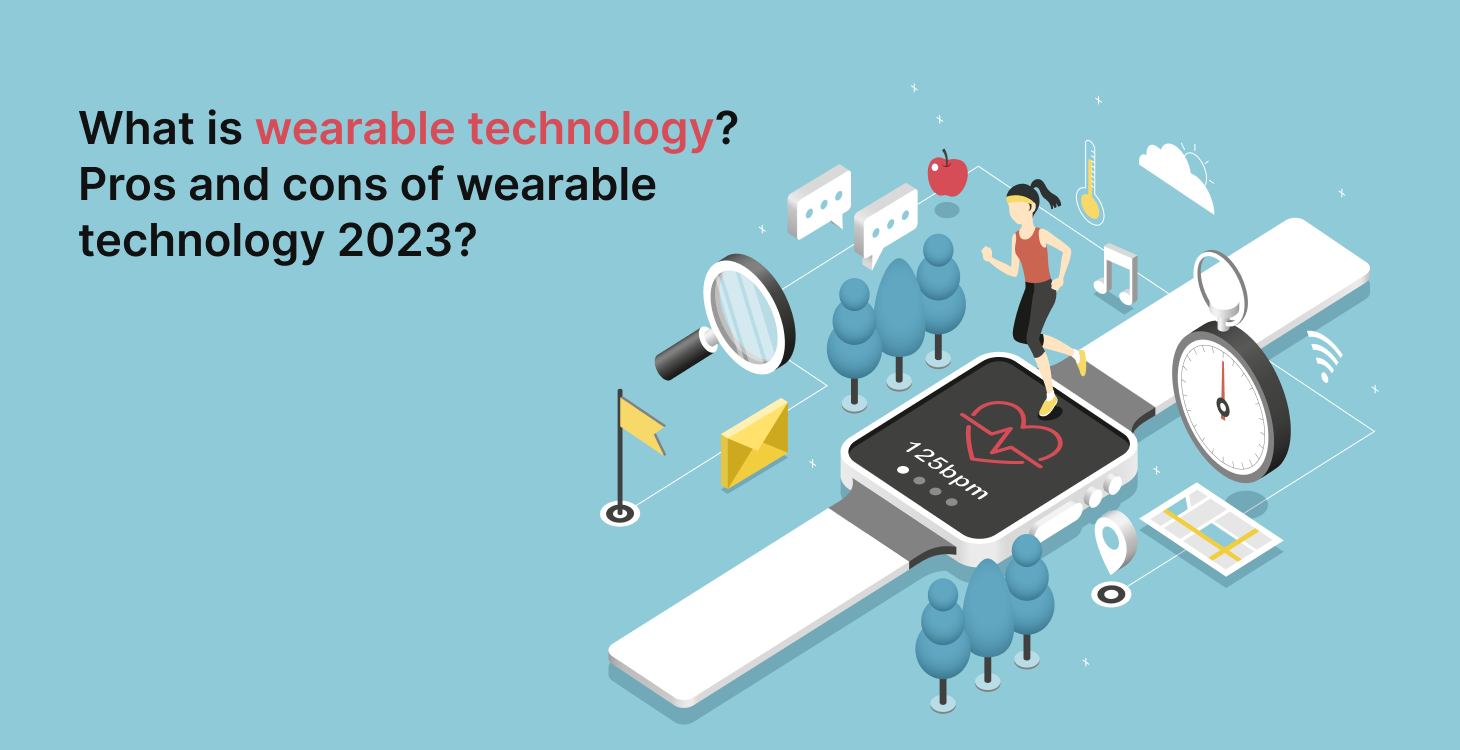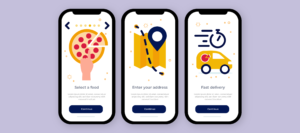Have you ever overheard someone discussing wearable technology and been unsure what they meant? Wearable technology consists of smart electronic devices held against or next to the body. They track, examine, identify, and send physiological data, such as essential body signals, enabling the wearer to be virtually instantly aware of their circumstances.
Activity trackers, smartwatches, and other wearable gadgets are common. Through electrical and other software sensors, they use IoT technology and transmit data between operators and linked devices. The healthcare sector is rapidly increasing its usage of wearable technology. With this kind of technology, you may perform a wide range of things, such as listening to music, monitoring your health and well-being, and staying connected while you’re on the go.
If you’re considering wearable technology, you may be wondering what the pros and cons might be. By reading on, you can discover some of the pros of wearable technology and potential concerns.
What is Wearable Technology?

Nowadays, it seems like everything is a smart device, smart toasters, smart collars for dogs, and smart houses. Yet, nothing is more inventive or sophisticated in the age of smart than the wearables industry’s products.
Wearable technology assists in the real-time collection and analysis of personal data that teaches us about everything from our health to our exercises. Nearly a quarter of Americans now wear a wearable device, demonstrating how popular they have grown as tools for keeping us informed and connected to ourselves.
Expressed, the term “wearable technology” refers to various devices worn continuously throughout the day, such as smartwatches and fitness trackers. Therefore, these devices are frequently referred to as wearables.
Although wearables have grown in popularity over the past few years, the fundamental concept is nothing new. For instance, if you’ve ever worn a watch, you’ve already used a basic type of wear However, the. The ability of today’s wearables to link with your existing technology, such as computers and smartphones (android or iOS), allows for a wide range of intriguing functions.
Pros and Cons of Wearable Technology
| Pros of Wearable Technology | Cons of Wearable Technology |
| Increases Productivity | Relatively expensive |
| Multitasking | Privacy concerns |
| Easily monitor your progress | Battery limitations |
| Flexibility and Mobility | Distracting |
| Improves customer engagement | Risk of faulty measurement |
Pros of Wearable Technology

Due to wearable technologies, we can track our GPS locations, keep an eye on our fitness levels, and read text messages more rapidly. The best part is that we can accomplish this with most hands-free, portable gadgets without having to remove them from our pockets.
Many of the aforementioned informational sources could be acquired before wearables, but doing so sometimes needed hassles and inconvenient technologies. Some of the pros of wearable technology are listed below:
1. Increases user satisfaction:
The usage of new technologies and the adoption of wearable technology can boost user excitement. In addition, it motivates users, which may result in wellness, fitness and safety.
2. Easily monitor your progress:
The development of wearable technology has made keeping track of your progress incredibly simple. Today, it’s simpler than ever to reach your fitness goals. Because you can almost immediately see the results on your device and calculate how much further you need to push yourself to attain your goals, it motivates you to keep working toward them.
3. Flexibility and Mobility:
Compared to smartphones, wearables are easier to use and handle because they are hands-free and portable. We no longer need to remove devices from our pockets each time to check the data due to these gadgets. Similar to smartphones, they can carry various smartphone features like messaging, calling, emailing, notifications, and many others. The user can also directly communicate the data with their physician, other medical professionals, friends, or fitness trainer. Wearable technology’s convenience has a significant positive effect on day-to-day life.
4. Increases employees’ efficiency:
The introduction of wearable technologies has enhanced employee productivity. Your employees will be happier and more productive when they are in better physical shape. Both their personal and professional life are positively affected by this.
5. Enhanced safety:
This is particularly valid for those who lead active lifestyles or enjoy being outside. Currently, numerous varieties of wearable technology are made with safety in mind.
For instance, some smartwatches can instantly seek assistance if they discover you’ve been in an accident.
6. Age-related benefits of wearable technology:
Growing older can raise the danger of health problems and trips and falls. If a loved one lives alone, it might be difficult not to worry about them. Wearable technology may enable those living independently, especially older people, to become more independent while simultaneously providing their families with the certainty that they may seek help promptly.
A wide range of wearables, such as medical alert devices with integrated fall detection that immediately contacts the emergency services if necessary, could help more vulnerable people.
7. Can give immediate gratification:
You may now quickly determine how many calories you expend during a workout. As a result, people are motivated by this.
Cons of Wearable Technology

The battery life of wearables is frequently somewhat limited. Some gadgets, like the more straightforward Fitbit trackers, have multi-day battery life. However, some more sophisticated wearables, like the Apple Watch, only have a day or two of battery life. Remembering to take your wearable out of your pocket to charge it can be a problem for some people. So, here are some cons of wearable technology are listed below:
1. They are relatively expensive:
To own these devices, you will need to spend more money! You may have to spend more money implementing new systems and technology infrastructures to support your wearable devices if the systems and technology your organization now maintains are incompatible with the wearable devices your organization needs. Additionally, depending on the type and quantity of wearables you choose, each one might be pretty expensive.
2. Privacy concerns:
Make sure you are familiar with the terms and conditions of the privacy policy that came with your smartwatch before using it and find out if your data will be shared with third parties.
Wearables link to the internet and collect personal data, so it’s important to look into the security features offered to ensure that your data doesn’t fall into the wrong hands. Double-check the permissions you’ve granted on your device, and maintain any security features currently by updating the software as soon as it’s advised.
3. Risk of inaccurate measurement:
These devices measure the body’s vital signs, such as the heartbeat, blood pressure, etc. If a person is taking prescriptions based on the readings from these devices, a tiny inaccuracy in the measurements of these components could have serious repercussions for the person’s health.
4. Provide distractions:
Like social media platforms and Internet search engines can divert attention from work, wearable technology can do so. Employees are more likely to become sidetracked in meetings and when working on tasks if they have access to more Internet-connected or fun-to-play with devices.
5. It might not be accurate:
For people who like things to be precise and exacting, this is a major annoyance. Although the majority of devices are quite reliable, there have been several instances where users have discovered that their fitness tracker isn’t completely accurate. This can be discouraging if you’re aiming to accomplish a particular task or raise your general fitness level.
6. Technical concerns:
All wearables require a power source, and the majority—if not all—of them come with a battery as their power source. Kinetic energy, which uses the wearer’s energy to power the wearable, is still a ways off, but battery technology is advancing along with the need for longer-lasting devices. Users expect their smartphones to maintain a charge for longer while being simple and quick to charge. It usually affects the gadget’s price to have better quality batteries yet small enough to make the wearable lightweight and pleasant.
7. Some devices cannot be worn independently:
To receive the full benefits and hassle-free operation of these wearable tech devices, you frequently need to possess numerous.
How Wearable Technology Works

Since the creation of spectacles in the 13th century, wearable technology has been around. But a microprocessor and an internet connection are required for current wearable technologies.
The development of wearable technology was made possible by the expansion of mobile networks. To put it simply, wearable technology is any technology with a gadget attached to our clothes.
- A wearable gadget can also have sensors attached to the outside of it to track different local activities. Most sensors can monitor muscle, heart, brain, and skeletal movement. They are primarily seen in health-related technology.
- Similar to how smartphones have tiny processors inside of them, some wearable devices also have miniature computers. These are in smartwatches and other wearables designed to facilitate interaction with nearby items.
What’s the Future of Wearable Technology?

It’s dangerous to connect people to technology so closely. The consumer experience will determine whether these products succeed or fail in this new environment. The ability of app developers to design programmes that will appeal to potential users is consequently essential for success. It’s fair to assume that they’re succeeding for the time being based on current wearable sales around the world.
Booming sales of these products will inspire industry businesses to study and introduce even more cutting-edge products to the market. So let’s examine a few of these products:
- Arrhythmia prevention by cardiac control:
Serious repercussions of arrhythmia can be avoided in many cases. An electrode-equipped clothing has been designed to address these issues. As a result, patients have less discomfort, and no wires or adhesives are needed.
- The mind-car connection:
The human brain continues to be the body part with the least knowledge. This might all change with a helmet equipped with sensors that monitor variations in brainwaves. Decoding algorithms will be developed using the information gathered to link drivers’ minds with their vehicles.
Even though end customers have purchased these gadgets in large quantities, not just this market can use them. In reality, according to experts, industrial manufacturing offers the greatest prospects. Many businesses have digitalized their facilities and adopted wearable technology to incorporate the most recent Internet of Things innovations (IoT). Additionally, accessories like bracelets, watches and eyewear combine with others like sensor-equipped boots and helmets, smart vests, and smart gloves. Each employee receives customized instructions from these wearables to increase productivity and efficiency.
Wrapping up:
Wearable technology has pros and cons, although wearables have more advantages than disadvantages. The drawbacks will only improve as it gains popularity and is modified over time.
It is ultimately up to you to determine whether or not you would find a use for a wearable device. However, given their growing popularity, it’s crucial to consider both the pros and cons before choosing one.
FAQs
Question 1: What is wearable technology?
Portable smart devices worn on the body are referred to as wearable technology. Smart jewelry like Ringly and smart spectacles like Google Glass are examples of wearable technology.
Question 2: What are the cons of wearable technology?
The Cons of wearable technology:
- Concerns about data security,
- Technical issues,
- Wearable technology is expensive
- Capabilities are limited
Question 3: Are wearables secure?
Bluetooth, NFC, and WiFi are some wireless protocols wearables use to connect to smartphones. But against persistent hackers, the security of these wireless networks may not be enough.
Question 4: What are wearables used for?
Electronic technologies or devices that may be comfortably worn on the body are known as wearables. These wearable tech gadgets are used to track data in real-time. For example, they have motion sensors that capture an image of your daily activity and sync it with laptops or mobile devices.
Question 5: What are the pros of wearable technology?
The Pros of wearable technology:
- Increased productivity
- Provides instant access to information
- Increase employee satisfaction
- Portable and convenient




